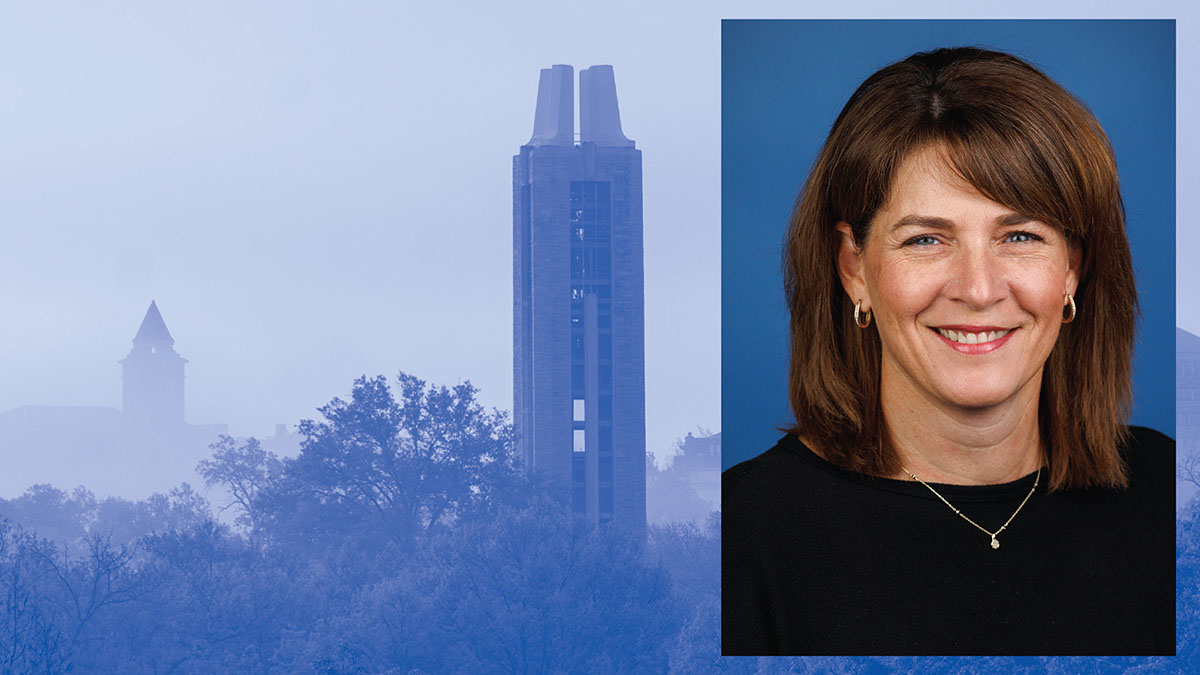KU faculty providing authentic research lab experience in classroom

LAWRENCE — A CURE has been developed for students in the BIOL 507 Bacterial Infectious Disease Lab.
MicrobioME: a CURE for Staphylococcus aureus, is a course-based undergraduate research experience and provides students with an authentic research lab experience in a classroom setting. Starting in spring 2025, this new learning opportunity will be rolled out to 48 students in the two-section course.
Eileen Hotze, associate teaching professor with the Undergraduate Biology Program, worked alongside Rosana Ferreira, assistant professor with the Department of Molecular Biosciences, to establish this CURE.
“We had an idea and did a dry run implementation last spring, and now we're using the funding to have undergrads help optimize the conditions for the CURE so that students will have a successful experience next spring,” Hotze said. “What we hope to do is learn about the students’ experiences and then publish it as a curriculum paper, with the hopes that other universities will implement (the CURE) in their classes as well. This CURE will allow us to expose even more of our undergraduates to the opportunity of performing relevant scientific research in a meaningful way.”
Now, with a grant of $15,000 from the National Institutes of Health (NIH) and Kansas Idea Network of Biomedical Research Excellence (K-INBRE), Hotze’s BID lab students will be assisting the Ferreira lab’s work on skin microbiome bacteria.
The in-class project is asking, "Are there beneficial bacteria on your skin that produce biomolecules that will inhibit the ability of pathogenic bacteria to cause disease?"
To test that question, students will isolate bacteria from their skin, identify them with molecular and clinical based techniques — which will be taught in the BIOL 507 lab — then determine whether that bacterium secrete molecules that inhibits biofilm formation by Staphylococcus aureus.
“Biofilm formation is one of the virulence factors, or steps in the disease process, that helps Staphylococcus aureus to cause infections,” Hotze said. “So, we're specifically looking for bacteria that can help prevent biofilm formation. This project, by extension, is going to create a whole library of bacterial strains for Rosana (Ferreira) and the (BIOL 507) lab to explore. In the future offerings of this class, we can look to later expand by investigating their effect on different types of bacteria that form biofilms or maybe different virulence mechanisms that are inhibited by these secretions.”
During last year’s dry run, Hotze found immediate benefits within her student population. Using bacteria swabbed from the students' own skin built interest on the project, she said.
“Students are really interested in knowing about part of themselves," Hotze said. “We don't know what they're isolating, and the students are excited to find out.
“Some of the foundational characteristics of a CURE is that it's authentic research experience, there's no known outcome, and that it allows for students to repeat the experiments and improve on the project. ‘Why didn't this work?’ And if it did, ‘Can I test it on a different strain?’ We allow time in the project for students to fail and learn from their data,” Hotze said.
Upon fully establishing the CURE in BIOL 507, Hotze said she hopes to help introduce the CURE teaching method to other KU biology lab classes and have other universities using the MicrobioME CURE in their microbiology departments.